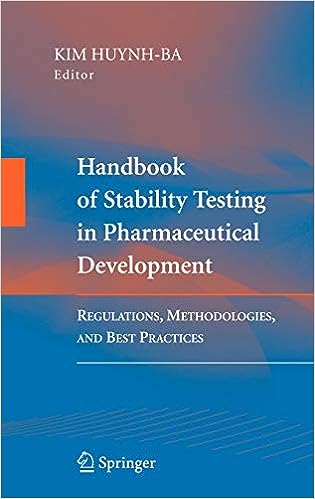Choosing Appropriate Packaging Material for Stability Studies
The selection of packaging material for stability studies is a critical aspect of ensuring accurate and reliable assessment of pharmaceutical product stability. The packaging material must protect the product from environmental factors while maintaining the integrity of the samples. In this discussion, I’ll guide you through the considerations and steps involved in choosing the appropriate packaging material for stability studies.
Key Considerations
Several factors must be considered when selecting packaging material:
1. Compatibility:
Ensure that the packaging material is compatible with the product’s formulation, preventing interactions or changes in product characteristics.
2. Permeability:
Determine the permeability of the packaging material to gases, moisture, and light. It should offer the required level of protection while allowing accurate simulation of intended storage conditions.
3. Light Protection:
For light-sensitive products, choose packaging materials that provide adequate protection against light exposure.
4. Temperature Sensitivity:
Consider the packaging material’s response to temperature changes, especially
if the product requires specific temperature conditions during storage.5. Chemical Interaction:
Avoid packaging materials that could react with the product, causing degradation or contamination.
6. Sample Integrity:
The packaging material must not adversely affect the stability of the samples or alter the intended study conditions.
7. Closure System:
Choose a closure system that maintains an airtight seal, preventing moisture ingress and maintaining the integrity of the samples.
8. Transparency:
Transparent packaging allows visual inspection without exposing the samples to light or air, which can be crucial for certain dosage forms.
Steps to Choose Packaging Material
Follow these steps to select the appropriate packaging material:
1. Product Assessment:
Understand the product’s characteristics, including formulation, sensitivity to environmental factors, and storage requirements.
2. Regulatory Requirements:
Review regulatory guidelines to ensure compliance with packaging material requirements and recommendations.
3. Material Evaluation:
Conduct compatibility tests to assess the interaction between the product and potential packaging materials.
4. Permeability Testing:
Perform permeability testing to evaluate the packaging material’s barrier properties against gases and moisture.
5. Light Protection Testing:
For light-sensitive products, conduct tests to determine the packaging material’s effectiveness in blocking light.
6. Stability Studies:
Conduct stability studies with different packaging materials to assess their impact on the product’s stability profile.
7. Closure System Testing:
Test the chosen closure system for airtightness and ease of use.
8. Documentation:
Maintain thorough documentation of the packaging material selection process, including testing results and rationale for the chosen material.
Final Considerations
Choosing the appropriate packaging material requires careful evaluation, testing, and documentation. By considering the product’s characteristics, regulatory requirements, and conducting comprehensive testing, you can ensure that the packaging material maintains the integrity and stability of your samples throughout the study period.
